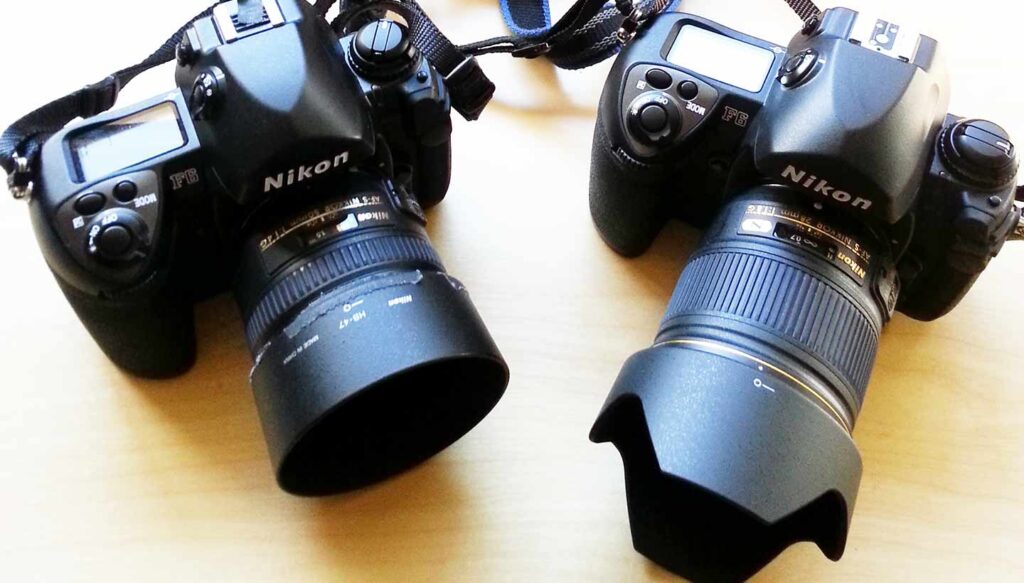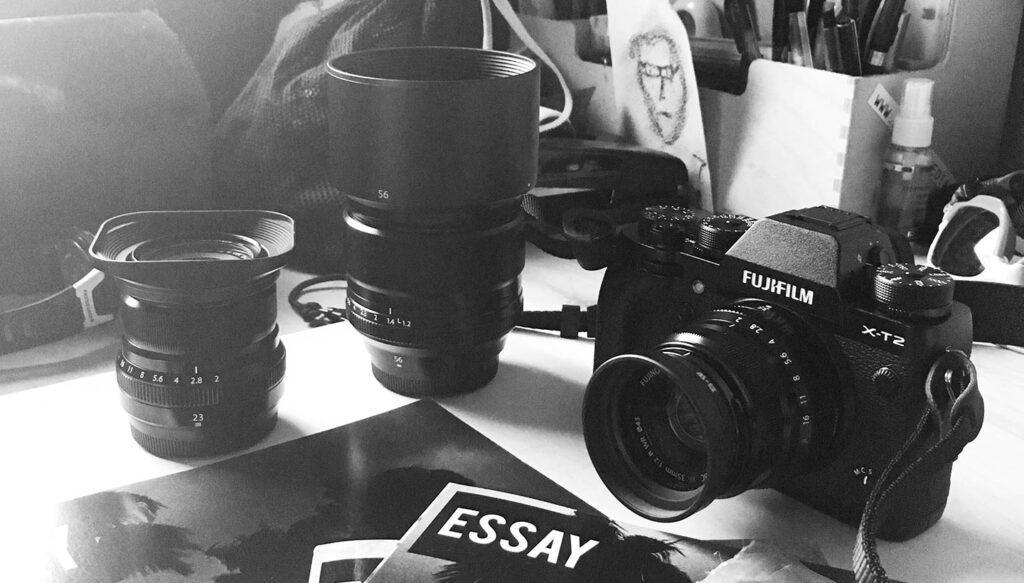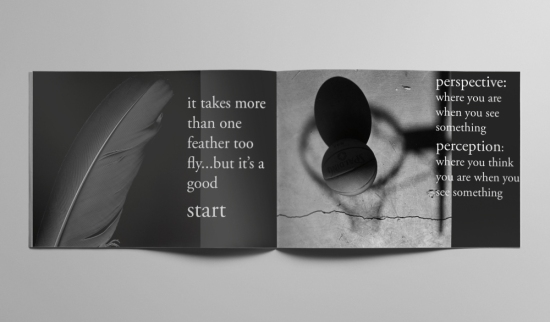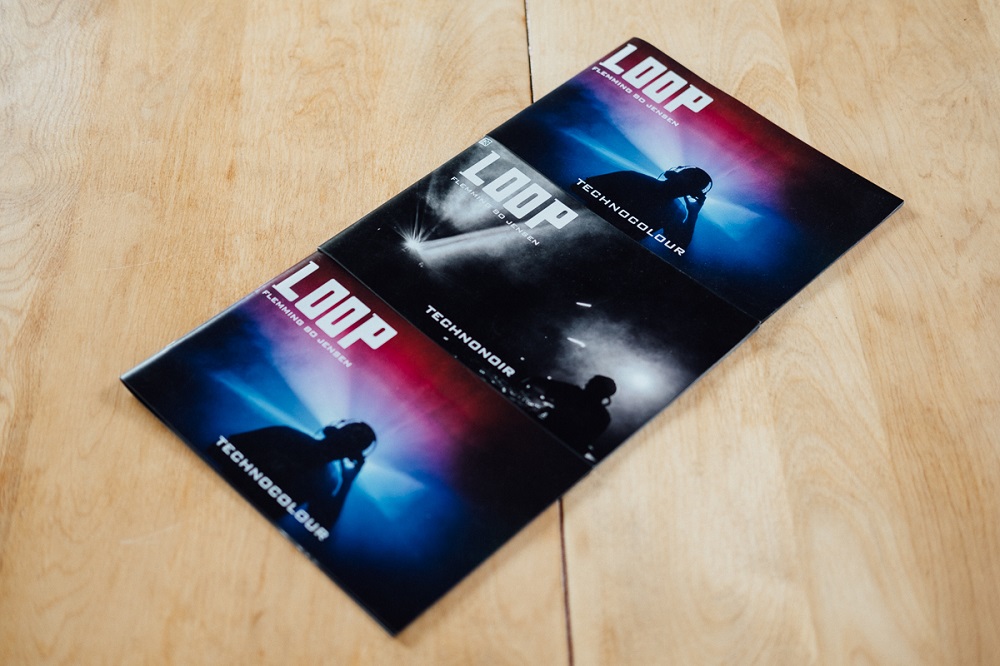You’ve tweaked and edited every page. The final finishing touches are done. Great job! You’re ready to publish. The next step? Generating some sales.
Lots of new (and established!) self-publishers find marketing and promotion the most challenging part of the process. There are so many options and channels to consider, it can be hard to know where to begin. But by focusing on just a few key tools, your marketing strategy will quickly begin to take shape.
3 Essential Marketing Tools For Self-Publishers
1. Author Website
An author website is a digital one-stop shop for your fans and followers. From a single site, you can capture email addresses and build a mailing list, sell your books and magazines, post news and updates, and link visitors to your social media channels. You could also include bonus ‘behind the scenes’ content from or about your project. But above all, your website should introduce readers to you.

What to include
Your website should answer questions such as:
- Why did you make your own book?
- What problem/issue/topic are you tackling?
- How are you uniquely positioned to write this book?
- What will your customers get, and how will they feel when they read your book?
Each page on your site should have a different purpose. The homepage introduces your new book and might include a testimonial or two. The about page shares your story. And a blog provides valuable related content and establishes your authority as an expert in your niche.
Website layout and design tips
- Use clean, uncluttered graphics
- Be consistent with fonts. Use the same fonts the same way. Limit yourself to 2.
- Keep text blocks to 3-4 lines. Avoid large paragraphs.
- Avoid using flashing, loud images, unless you have a very compelling reason to do so
- High-quality imagery and videos can boost engagement
2. Press Release
A press release is a formal announcement sent to media organizations, literary publications, and public forums to notify people about your new book or magazine and generate buzz. It’s a smart way to showcase your project to a new group of influential people that may not be in your address book (journalists, editors, bloggers, publishers, book reviewers, and other industry leaders). If you can catch their eye, they might be willing to spread the word and help expand your audience.
A well crafted press release could lead to interviews, a mention in a newspaper or magazine, blog posts, speaking engagements, or website traffic. And best of all, it’s free!

What to include
The basic job of a press release is to explain what your book or magazine is about and why people should read it. Ask yourself, what makes your project newsworthy? Some possible ideas include: a rare or trending book topic, an intriguing author story, a prestigious literary award, an innovative launch event, a remarkable milestone.
A traditional press release is between 300 to 500 words and is ideally one page. Here’s a sample outline to get you started:
- Author Contact Info
- Publication Date
- Headline
- CITY, STATE, Date
- Body content: The first short paragraph introduces you and your book in a compelling way. The second short paragraph contains a detailed description of the book and its audience (avoid using “I” or “we”). The third brief paragraph may include a quote from a book reviewer or a notable person endorsing the book. The fourth paragraph lists where to buy the book, or launch event details (date, time, location, contact info).
- Cover Photo
- Short Author Bio
3. Pre-Order Campaign
Pre-order book sales are a great way to build momentum ahead of your official book launch.
The period between finishing your book and making it available to buy is the perfect time to launch a pre-sale campaign. (Although you could start even earlier!) As well as stacking up initial orders, a pre-sale campaign means your marketing and promotion strategy kicks off well before your book hits the shelves.

How to boost your pre-order book sales
- Try to make use of all of the marketing channels you have available; posting on social media, an email newsletter, your author website, could you partner with a local bookstore to hold a pre-order event?
- Offer incentives. Bonuses for your early bird fans could include; a guaranteed signed copy of your book, an exclusive excerpt, a sneak peek of a deleted scene, a discount, a charitable donation of their choice, or a shoutout on social media.
When you publish with MagCloud you’ll get your very own digital storefront with a unique URL, the ability to build a subscriber mailing list, and more! Start thinking about your marketing strategy today.











 From travel diaries to limited edition books to portfolio magazines,
From travel diaries to limited edition books to portfolio magazines, 

